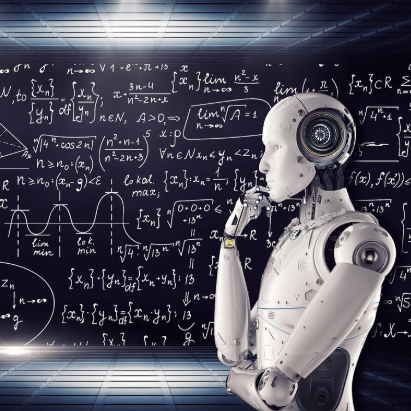Machine learning (ML), a branch of artificial intelligence, is transforming education by enabling more personalized, efficient, and data-driven learning experiences. By analyzing patterns and learning from large datasets, machine learning algorithms support educators and learners with predictive insights, adaptive content, and automated tools. As classrooms become more connected and digitized, the role of machine learning continues to expand. This article explores the many ways ML is enhancing education today and what it means for the future of learning.
1. Personalized Learning Paths
Machine learning can tailor educational content to individual students based on their performance, learning styles, and preferences. Platforms like DreamBox, Khan Academy, and Squirrel AI use ML to adjust the difficulty and sequence of content, helping students progress at their own pace and focus on areas where they need improvement.
2. Predictive Analytics for Student Support
ML algorithms can analyze attendance, engagement, and academic data to identify students at risk of falling behind. Early warnings allow educators to intervene with targeted support strategies, increasing the chances of student success.
3. Intelligent Tutoring Systems
AI-driven tutoring platforms simulate one-on-one instruction by responding to student inputs and guiding them through problem-solving steps. These systems provide instant feedback, encourage mastery, and reduce the demand for human tutors.
4. Automated Grading and Assessment
Machine learning enables the automation of grading for multiple-choice, short-answer, and even essay responses. This saves educators time and provides immediate feedback to students. Some systems also analyze patterns to highlight areas needing reteaching.
5. Language Learning and Translation Tools
ML powers real-time language translation and speech recognition tools that support multilingual classrooms. Apps like Duolingo and Google Translate use machine learning to improve accuracy and adapt lessons to learners’ skill levels.
6. Enhancing Accessibility
Machine learning assists in creating inclusive learning environments. Tools like text-to-speech, speech-to-text, and image recognition help students with disabilities access and engage with educational content more effectively.
7. Adaptive Testing and Evaluation
ML-based testing systems adjust the difficulty of questions in real time based on student responses. This adaptive testing provides a more accurate measure of student ability and helps reduce test anxiety.
8. Learning Resource Recommendations
Just like recommendation engines in streaming services, ML can suggest videos, readings, and exercises tailored to a learner’s interests and progress. These smart recommendations keep learners engaged and support continuous improvement.
9. Curriculum Development and Planning
Machine learning tools help educators analyze learning trends and content effectiveness. This allows for smarter curriculum planning and the ability to refine lesson delivery based on what works best for student outcomes.
10. Classroom Management and Behavioral Insights
ML can analyze behavioral patterns from classroom management apps and help teachers identify common distractions or engagement trends. These insights can be used to adjust teaching methods and improve classroom dynamics.
Conclusion
Machine learning is playing a growing role in shaping the future of education. By automating routine tasks, personalizing instruction, and delivering actionable insights, ML supports both educators and learners in creating more effective, inclusive, and engaging educational experiences. As the technology continues to evolve, its thoughtful application will be key to ensuring it complements, rather than replaces, the human touch in teaching and learning.













